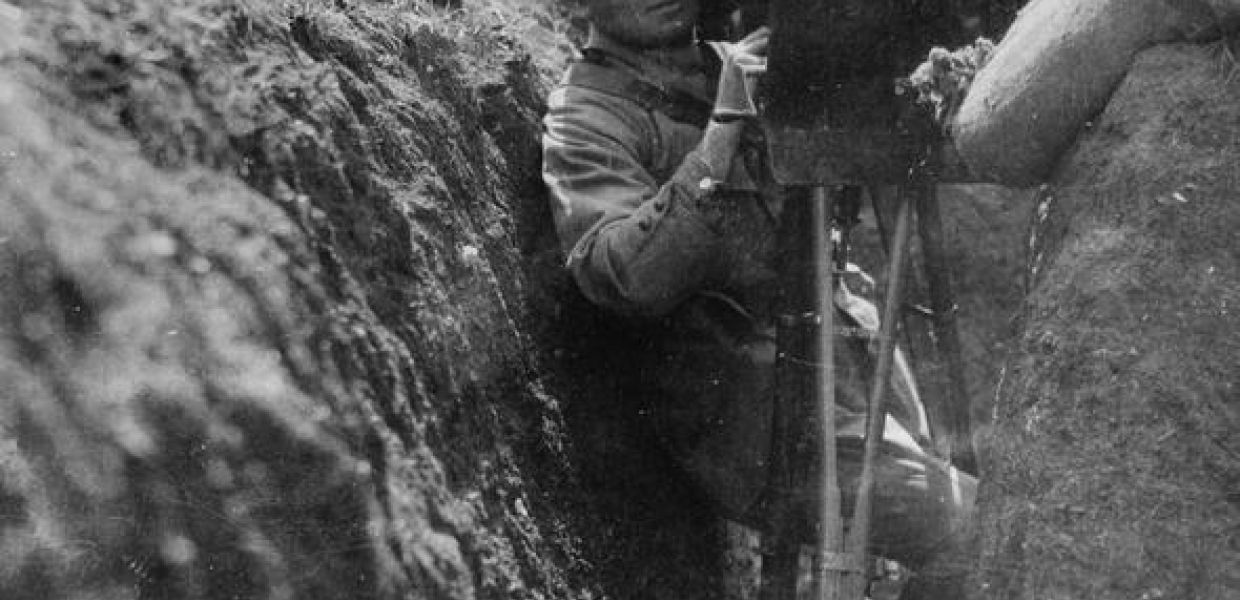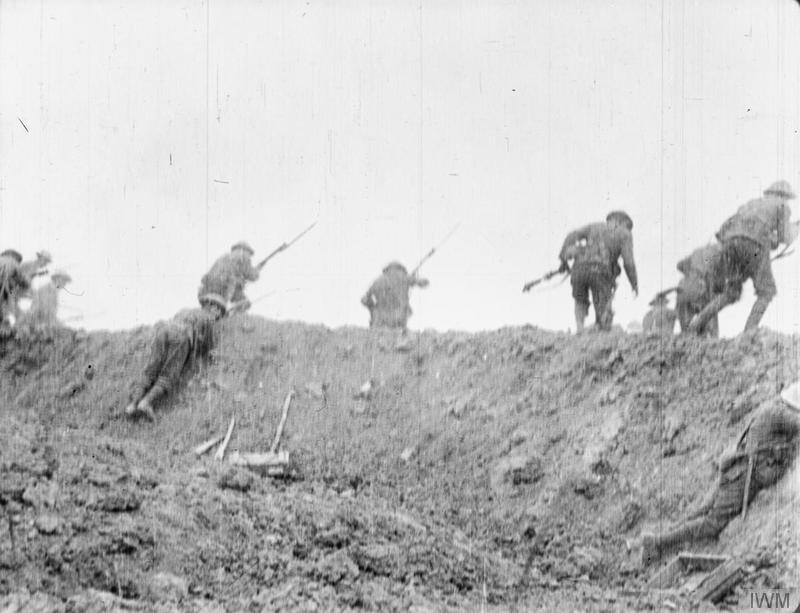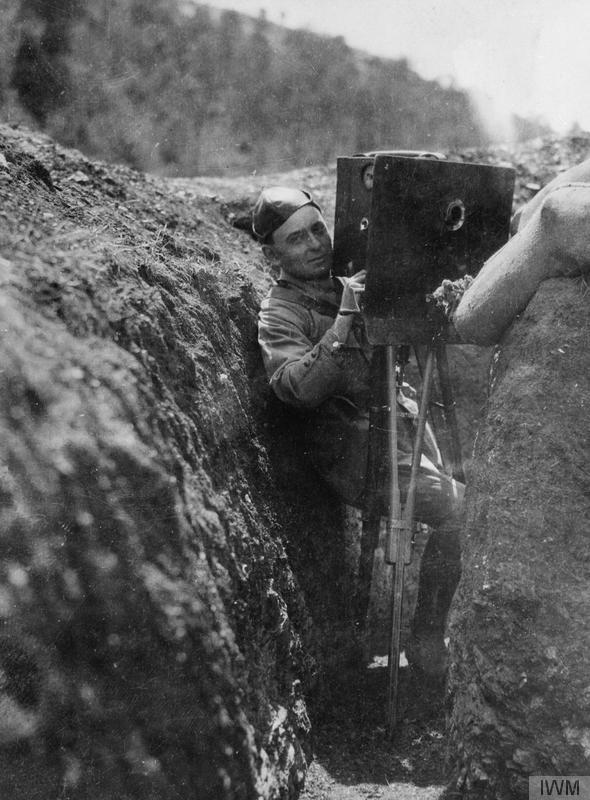What does film have to do with identity anyway?

As you know, Europeana 1914-1918 is the largest online resource of First World War material, bringing together different kinds of content so national collections from libraries sit alongside important film archives and personal stories and treasures. Together, these create a unique perspective of the War, showing it from both sides of the battle lines and from different points of view.
Thanks to the European Film Gateway 1914 project, one of three major projects which provided content to Europeana 1914-1918, you can view over 600 hours of film from the First World War including newsreels, documentaries, fiction films, propaganda and anti-war films. This material is particularly important as only about 20% of the total silent film production of the era has survived.
Make Film, Make History is a project led by the Imperial War Museum, nominated last week for UK Museum of the Year, as part of the First World War Centenary, and its 2016 Year of Film programme. It encourages young people in UK, Germany and Denmark to explore the relationship between film, propaganda and identity using digital cultural heritage.
Here, Halima Khanom, who is coordinating the project talks about the aims of the project, and the importance of using digital resources to engage young people with their past.
Film has always played powerful role in creating a sense of identity. You relate to the person next to you at the cinema, who laughs at the same moment as you. You might strike up a conversation with a stranger on the bus about the latest blockbuster. You feel you almost intuitively know what happened in a Second World War bunker, even though you were born sixty years later.
Make Film, Make History is a project led by the Imperial War Museum as part of the First World War Centenary and supported by Goethe Institut, Mosede Fort Denmark and In Flanders Fields Museum. It examines the relationship between film, propaganda and identity, and works with young people (aged 18-24) from UK, Germany and Denmark to explore what it means to be young in Europe today, looking to the past to reflect on European identity today.

Frame from the 'Battle of the Somme' film - troops going over the top to attack the enemy, 1916. IWM, Free Access - Rights Reserved.
Heading into Battle
The Battle of Somme (1916) film works as the starting point for these young people. Now, although I wasn’t at the Battle of Somme, a key battle fought during the First World War, I can appreciate its significance in The Battle of Somme film released in 1916, scenes from which are available through Europeana 1914-1918. If you get the opportunity to watch the 77 minute film, you are struck by the fact that it is about more than just the battle itself, but about film production at the time, about First World War Propaganda, and about the first ever ‘blockbuster’, attracting a 20 million cinema audience.
The Battle of Somme (1916) film prompts the young participants to think about what it might have been like to be young and heading into battle. Some historians argue that the Battle of Somme was a deeply controversial campaign, drawing on voluntary troops, many of whom were very young and inexperienced in frontline combat. For anyone who wants to understand the First World War, the film is a unique insight of what it was like for these young troops. Others reflect on the diversity of the troops, with regiments from all across the globe, fighting a ‘World’ war - the first of its kind - and helping us understand the diversity of Europe, and pushing our understanding of what it means to be ‘European.’
The interculturalism is integral to the project. At the end of April 2015, the project will physically bring together UK, Danish and German young people in Ypres, Belgium. Here they will meet each other for the first time, and take part in workshops together. Working with London-based film company Chocolate Films, the group will unpack the impact film has had on their identity. Using Europeana 1914-1918 and the European Film Gateway to access clips and information on the Battle of Somme, they will also bring in films that they feel have shaped the way they see themselves as European, and the shared values as well as the tensions that exist within this identity.
Digital Encounters
When there isn’t the opportunity for physical encounter between the three nations, the Make Film, Make History project capitalises on the contemporary technologies available to us that allow us to work across borders digitally. The digital realm becomes the primary space in which young people from the UK, Germany and Denmark share, discuss and reflect on European identity. Participants will be using Twitter, Instagram, Youtube, and the project blog to explore their interactions with the subject matter, but also with each other.

Official cinematographer is shielded from splinters by an armoured plate. Salonika Front, 1916. IWM, Free Access - Rights Reserved.
The Make Film Make History project starts with a film archive, explores film and identity in its process, and will end with a new film co-produced by young people and the various collections involved.
The film, which will express what it is to be European, is due to be screened in July 2016 across partner countries. Whether it will enter our historical memory in the same way Battle of Somme (1916) requires investigation in another hundred years’ time.
By Halima Khanom
National and International Learning and Engagement Coordinator
Imperial War Museum, London
All images used within this article are available to access via Europeana 1914-1918 but are subject to Imperial War Museum's share and re-use policy, which allows non-commercial use only. More information can be found here.
